Hedwig Eisenbarth
Variation is the Norm: Brain State Dynamics Evoked By Emotional Video Clips
Oct 24, 2021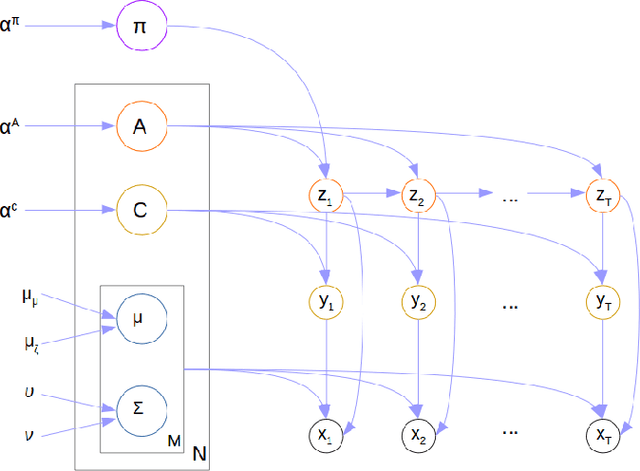
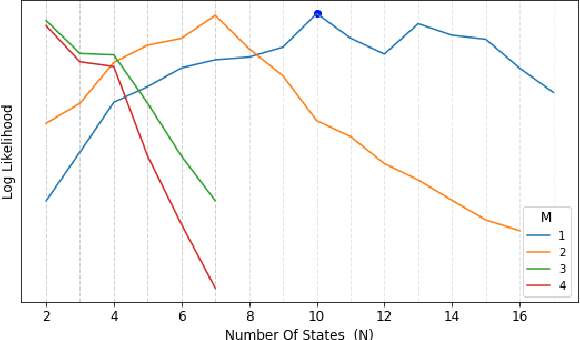
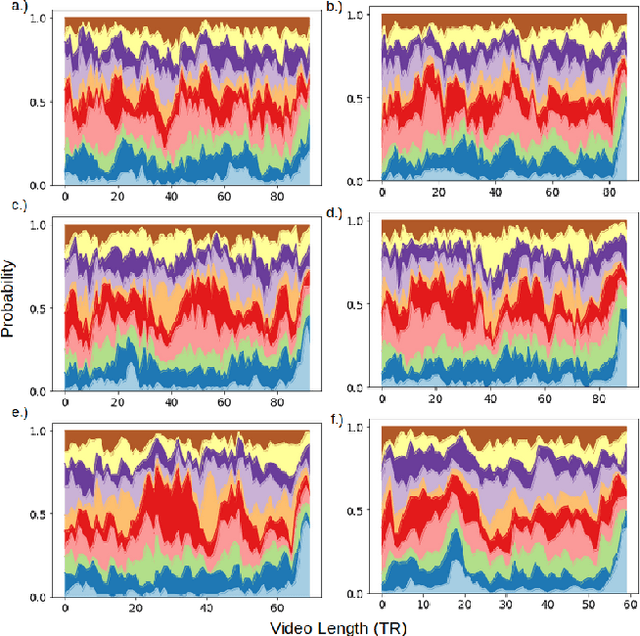
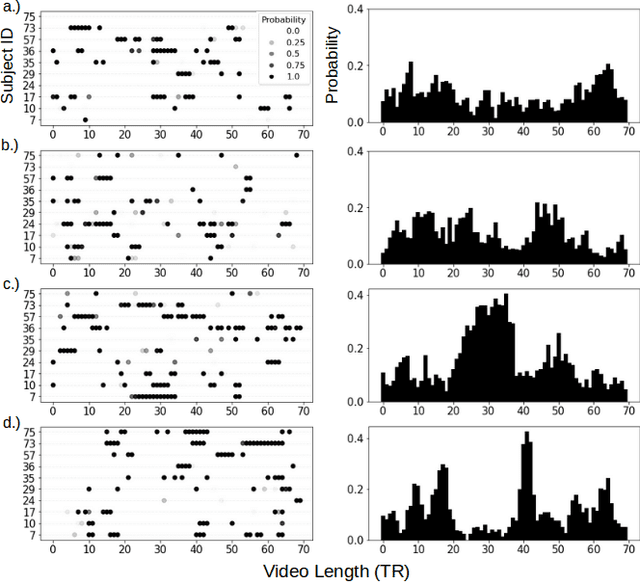
Abstract:For the last several decades, emotion research has attempted to identify a "biomarker" or consistent pattern of brain activity to characterize a single category of emotion (e.g., fear) that will remain consistent across all instances of that category, regardless of individual and context. In this study, we investigated variation rather than consistency during emotional experiences while people watched video clips chosen to evoke instances of specific emotion categories. Specifically, we developed a sequential probabilistic approach to model the temporal dynamics in a participant's brain activity during video viewing. We characterized brain states during these clips as distinct state occupancy periods between state transitions in blood oxygen level dependent (BOLD) signal patterns. We found substantial variation in the state occupancy probability distributions across individuals watching the same video, supporting the hypothesis that when it comes to the brain correlates of emotional experience, variation may indeed be the norm.
Recovering individual emotional states from sparse ratings using collaborative filtering
Sep 14, 2021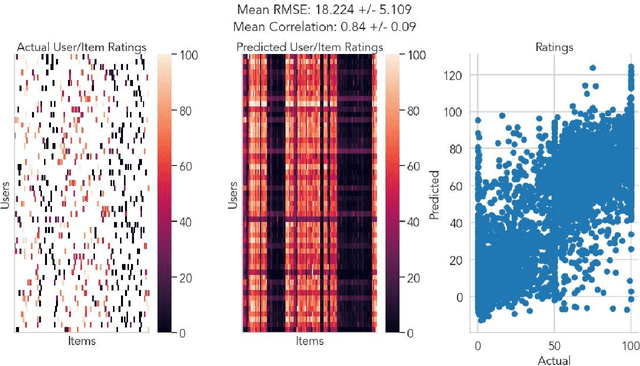
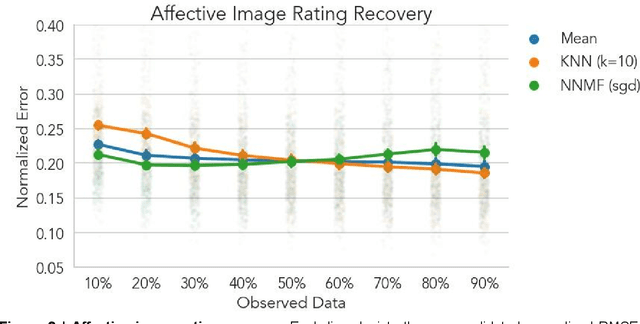
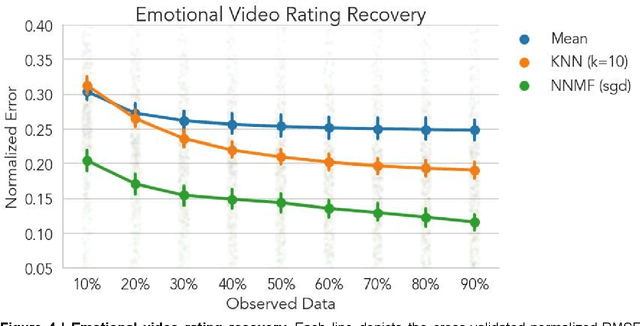

Abstract:A fundamental challenge in emotion research is measuring feeling states with high granularity and temporal precision without disrupting the emotion generation process. Here we introduce and validate a new approach in which responses are sparsely sampled and the missing data are recovered using a computational technique known as collaborative filtering (CF). This approach leverages structured covariation across individual experiences and is available in Neighbors, an open-source Python toolbox. We validate our approach across three different experimental contexts by recovering dense individual ratings using only a small subset of the original data. In dataset 1, participants (n=316) separately rated 112 emotional images on 6 different discrete emotions. In dataset 2, participants (n=203) watched 8 short emotionally engaging autobiographical stories while simultaneously providing moment-by-moment ratings of the intensity of their affective experience. In dataset 3, participants (n=60) with distinct social preferences made 76 decisions about how much money to return in a hidden multiplier trust game. Across all experimental contexts, CF was able to accurately recover missing data and importantly outperformed mean imputation, particularly in contexts with greater individual variability. This approach will enable new avenues for affective science research by allowing researchers to acquire high dimensional ratings from emotional experiences with minimal disruption to the emotion-generation process.
 Add to Chrome
Add to Chrome Add to Firefox
Add to Firefox Add to Edge
Add to Edge